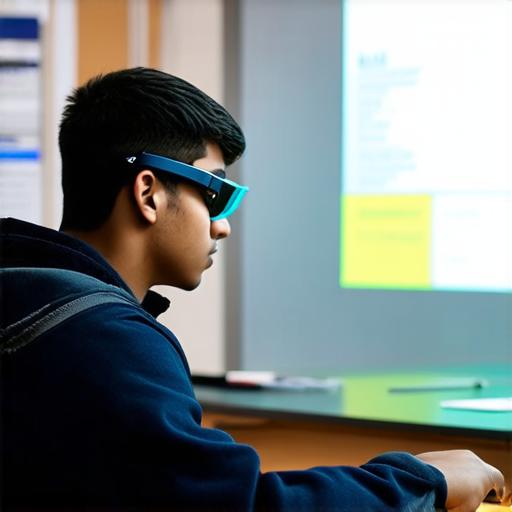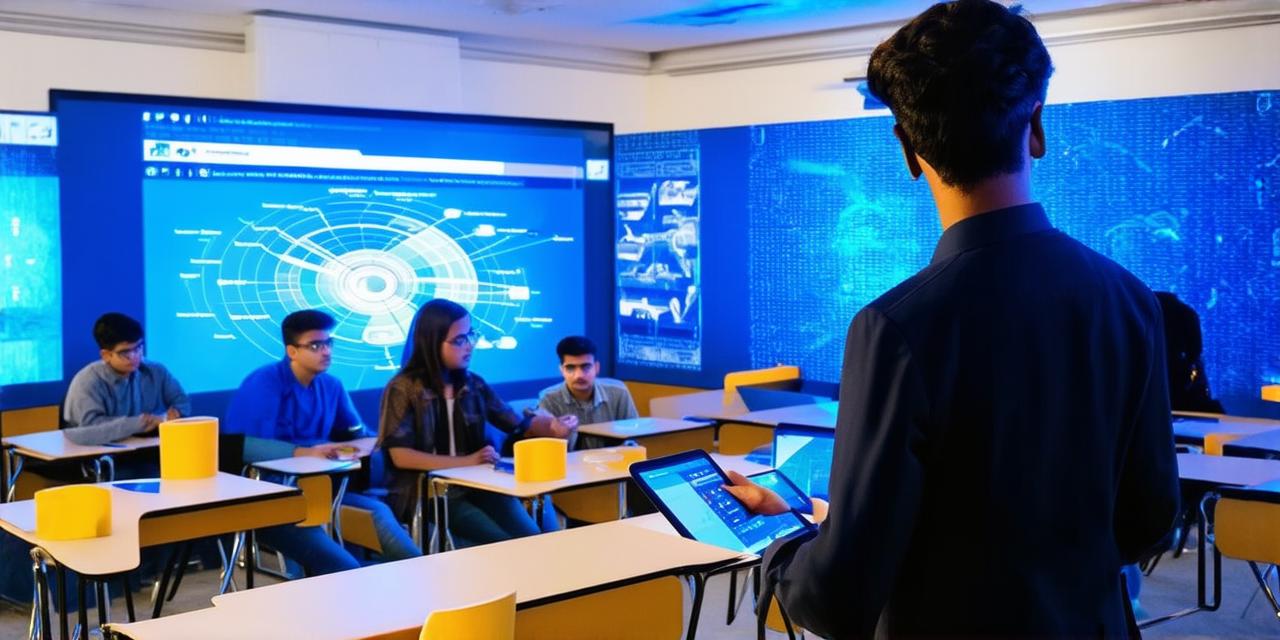Introduction
Augmented reality (AR) technology has revolutionized the way we interact with the digital world. From gaming to education, AR is being used to enhance the learning experience and make it more engaging for students. However, as with any new technology, there are drawbacks that need to be considered before fully embracing it in educational settings. In this article, we will explore three main drawbacks of using AR in education and how they can negatively impact student learning.
Drawback 1: Distraction
One of the biggest challenges with AR in education is distraction. With AR, students are presented with a virtual environment that overlays digital content onto the real world. While this can be an effective way to engage students and enhance their understanding of complex concepts, it can also be a source of distraction. For example, if students are using AR to visualize a concept, they may become so focused on the virtual environment that they forget about the real-world implications of what they are learning. This can lead to a lack of focus and a decrease in overall engagement with the material.
Drawback 2: Limited Interaction
Another drawback of using AR in education is limited interaction. While AR can enhance the learning experience by allowing students to visualize complex concepts, it can also limit their ability to interact with the material in a meaningful way. For example, if students are using AR to learn about the solar system, they may be able to see the planets and their moons in 3D, but they won’t be able to touch or manipulate them like they would in a physical model. This can lead to a lack of engagement and a decrease in overall understanding of the material.
Drawback 3: Cost
The third and final drawback of using AR in education is cost. AR technology can be expensive to implement, especially for schools and universities with limited budgets. From hardware to software, the cost of AR technology can add up quickly, making it difficult for some educational institutions to justify the investment. Additionally, ongoing maintenance and support costs can also be a significant factor to consider when deciding whether or not to use AR in education.
Case Study: Distraction
A teacher reported that when her students used AR to visualize a historical event, they became so engrossed in the virtual environment that they forgot to take notes and ask questions. As a result, they struggled to recall the details of the event during a subsequent class discussion.
Research: Distraction
According to a study published in the journal “Computers & Education,” students who used AR to learn a concept were more engaged than those who learned through traditional methods. However, the study also found that students who used AR were more likely to become distracted by the virtual environment and had a harder time focusing on the material.

Case Study: Limited Interaction
A science teacher reported that when her students used AR to learn about the human body, they were able to visualize the different organs and systems in 3D. However, they couldn’t interact with the virtual model in the same way they would with a physical model, which limited their ability to understand how the body works.
Research: Limited Interaction
According to a study published in the journal “Proceedings of the IEEE Conference on Human-Computer Interaction,” students who used AR to learn about a concept were more engaged than those who learned through traditional methods. However, the study also found that students who used AR had a harder time understanding the material because they couldn’t interact with it in the same way as they would with a physical model.
Case Study: Cost
A school district reported that they were unable to implement AR technology in their classrooms due to the high cost of the hardware and software. They were forced to continue using traditional methods, which they felt were just as effective as AR.
Research: Cost
According to a study published in the journal “Educational Technology & Society,” the cost of implementing AR technology in schools can be significant. The study found that schools with larger budgets were more likely to use AR technology, while those with smaller budgets were less likely to implement it.
